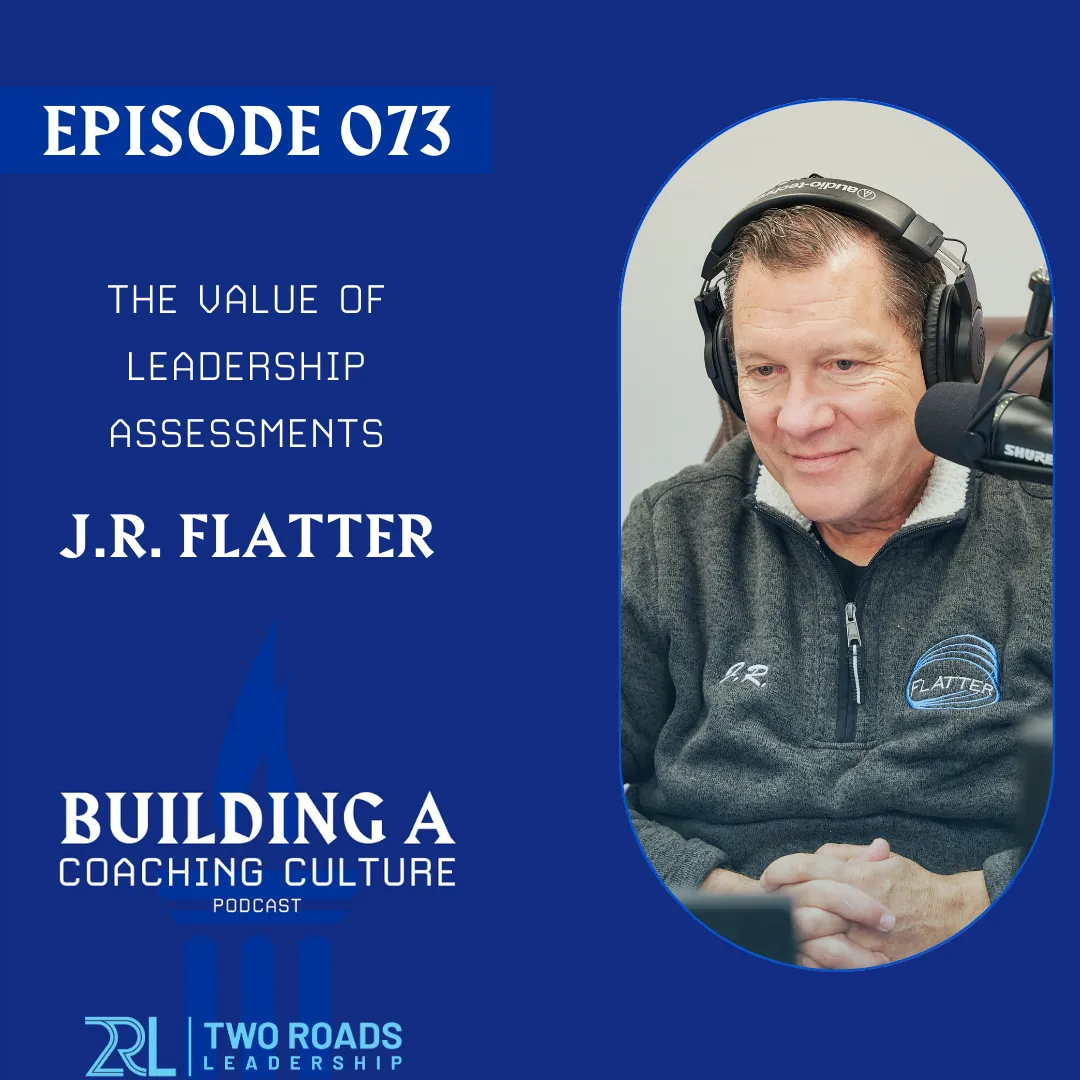Join hosts JR and Lucas Flatter as they explore the significance of leadership assessments in personal and professional growth. In this episode, they delve into the intricacies of 360 assessments and how they differ from personality profiles. From caring connections to reactive styles, JR and Lucas explore the totality of your leadership potential and offer guidance on how to evolve over time.
In this episode, you will discover:
• The role of leadership assessment in organizations and in coaching.
• What the Leadership Circle Profile 360 Leadership Assessment is and how to use it.
• How Leaders Communicate and Demonstrate Change.
• The significance of focusing on strengths versus addressing weaknesses in leadership development.
• The importance of emotional intelligence in the 21st-century leadership journey, exploring its increasing relevance as you progress in your leadership role.
Building a Coaching Culture is presented by Two Roads Leadership
Produced, edited, and published by Make More Media
Episode Links
J.R. Flatter
Founder of Two Roads Leadership
Lucas Flatter
Resources
2RL 4 day Coach Certification Bootcamp
2RL ICF-Approved Coach Certifications and Trainings
Transcript
Automatic Transcription - please excuse any errors

